Piece Hall
This Georgian architectural masterpiece is the only cloth hall left in Britain.
The Hallifax Piece Hall is one of Britain’s most outstanding Georgian buildings. It’s rightly described by the current management as a “rare and precious thing.” Indeed, it is rare—it’s the only surviving example of the 18th-century cloth halls once common in the north of England.
These structures were once essential to the handwoven textile trade, which played a key part in the economy of the West Riding of Yorkshire from the Middle Ages through to the early 19th century. This particular one dates from the 1770s, meaning it was built toward the end of the trade’s popularity.
The Halifax Piece Hall is said to have been the most prestigious of its type. Looking at first sight like a typical quadrangle-based Spanish or Italian main city square (but rather less decorated), the Piece Hall was a highly visible statement of the great wealth, pride, and ambition of the handloom weaving community. Although built for trade use, the weavers deliberately chose a Neoclassical design for their building which can only be described as outstanding.
Yet despite its grandeur, the cloth hall was unable to survive after the Industrial Revolution, which saw the demise of small producers and traders as newer, larger mills began trading directly with merchants and exporters. In 1868, it fell under the ownership of the local authorities, who converted it to a wholesale market hall.
But by 1971, the Piece Hall was seen as unsuitable for this endeavor as well. It was considered for demolition, but thankfully government grants became available to save the unique building. The sheds that had been built in the courtyard in the 19th century were demolished, and the courtyard was beautifully landscaped to include some nice water features. Additional walls were removed from the original tiny rooms to create new shops.
The site now has a number of bars and restaurants as well as a range of art galleries and high end shops. However, it’s the ability to stand in the center of the courtyard and admire the ambition and pride of the 18th-century handloom weavers that is the main reason for a visit to this wonderful historic building.
Know Before You Go
Best parking is probably at the Eureka Children's museum near the railway station. There is a nice industrial museum attached to the hall. The main town library is also next to the hall. Here you can also get tourist information. There is a small history interpretation center in one corner of the quadrangle.
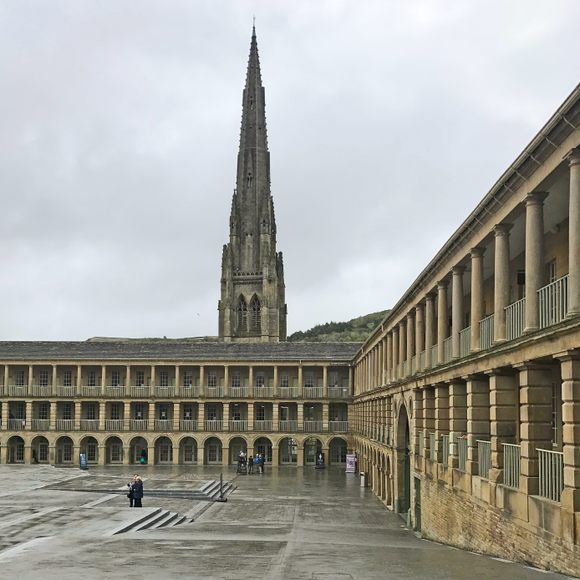


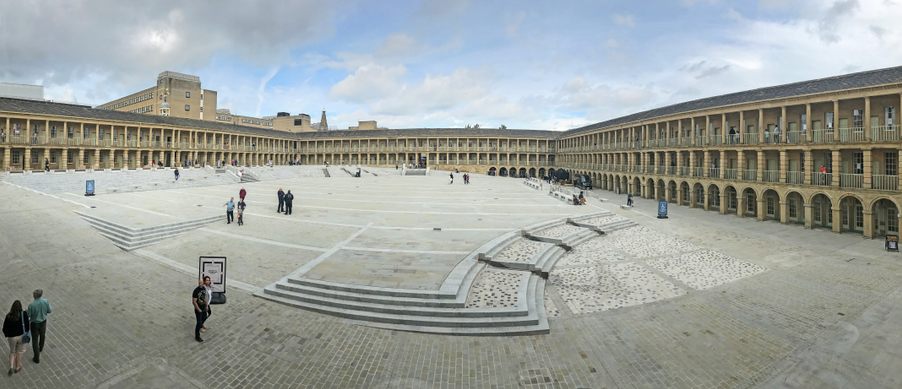




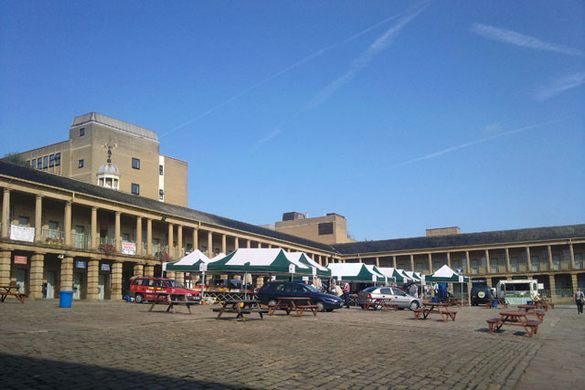
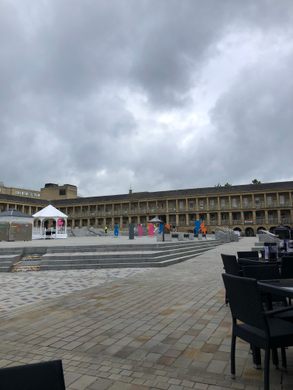
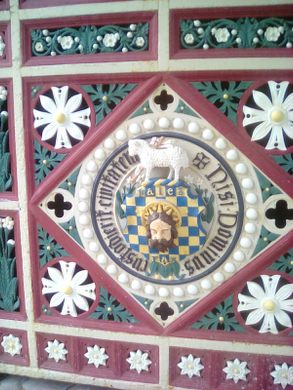




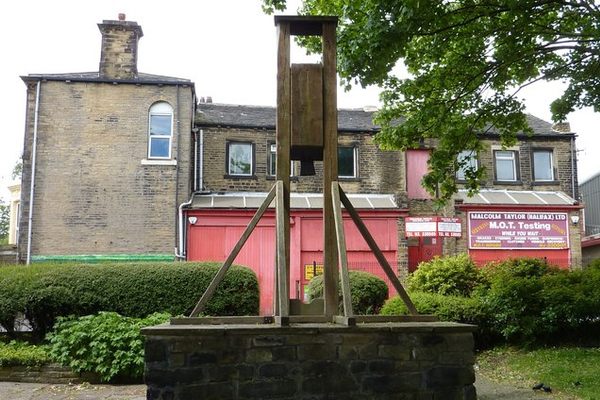
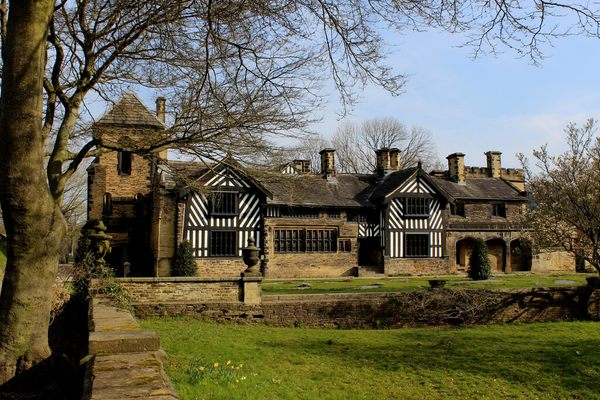

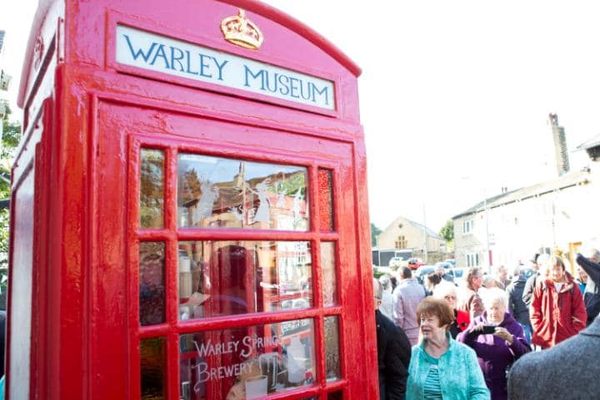
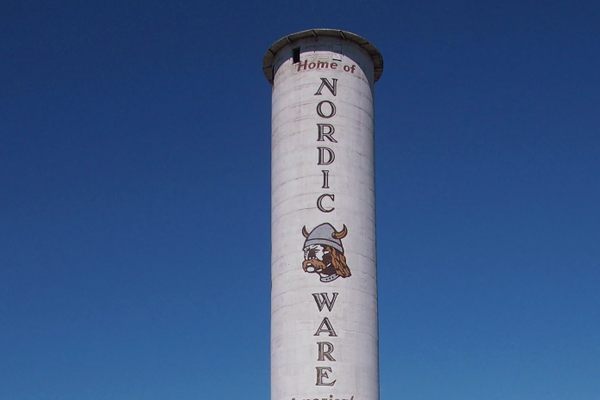


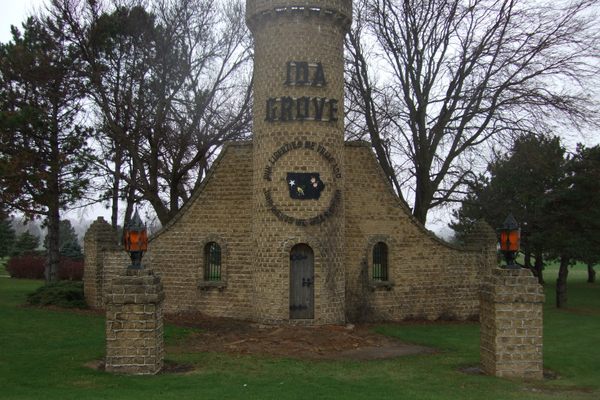

Follow us on Twitter to get the latest on the world's hidden wonders.
Like us on Facebook to get the latest on the world's hidden wonders.
Follow us on Twitter Like us on Facebook